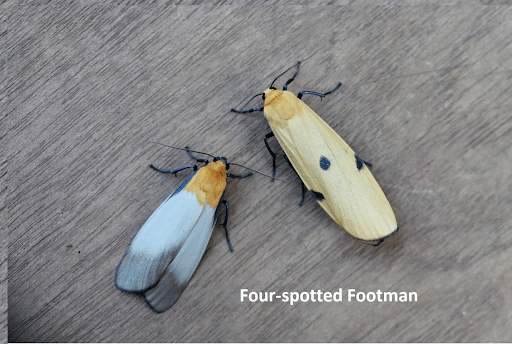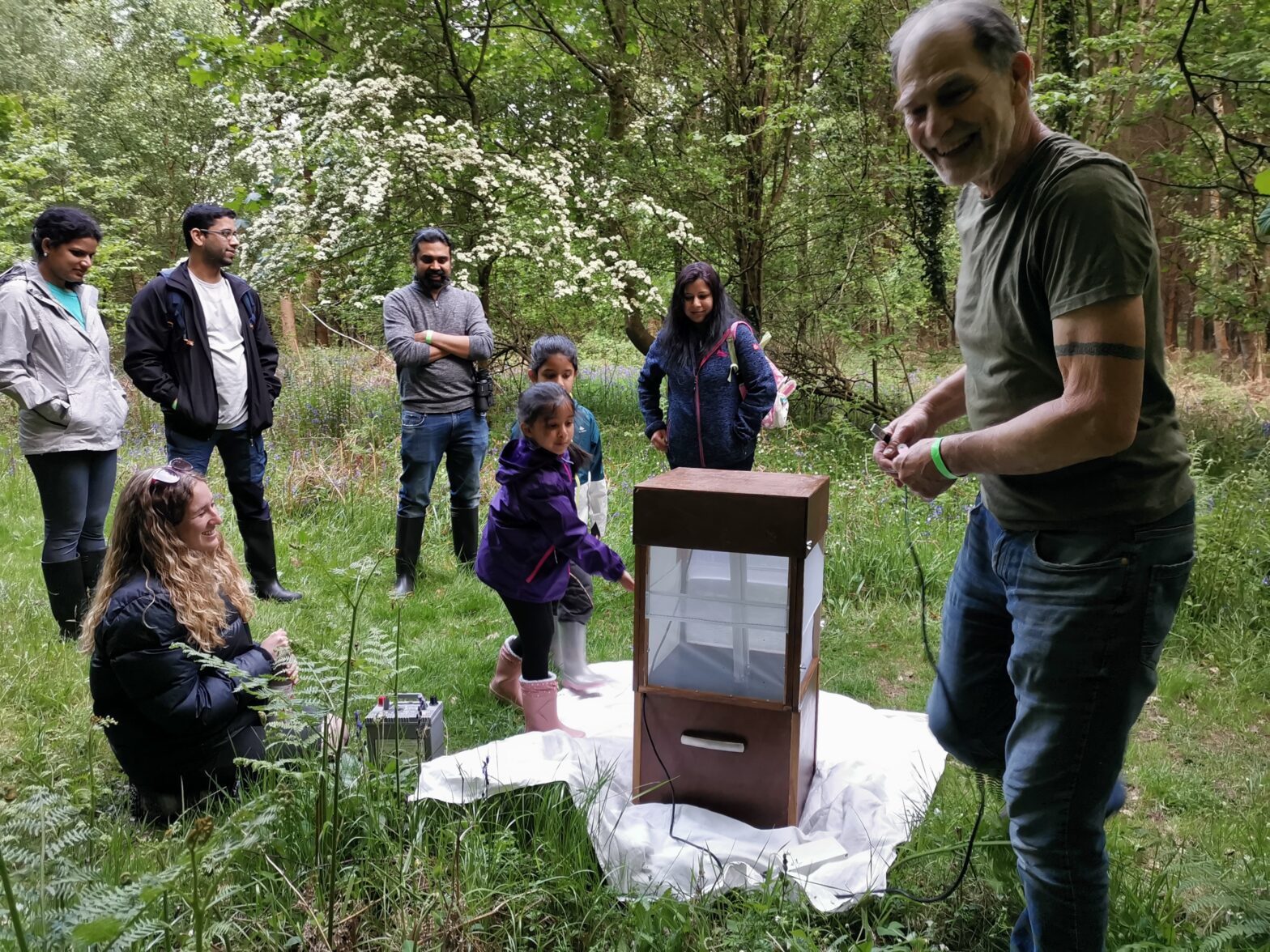I grew up in the city. I was Born in York and lived in North London until I married and moved to Hampshire and later to Wiltshire. Even when I was young I loved the natural world and spent as much time in the open air as possible. We were lucky to live fairly near Epping Forest back then and I spent much of my free time there. It was a four penny bus ride (or a three mile walk if you hadn’t got the fare.
I’ve been fascinated by nature in general and insects in particular for as long as I can remember. The first natural history book I read as a child was a book about insects written by French Naturalist and Entomologist Jean Henri Fabre. I was absolutely enthralled and I’ve never looked back since. Insects are extremely important to the world. David Attenborough once said,”If we and the rest of the back-boned animals were to disappear overnight, the rest of the world would get on pretty well. But if the invertebrates were to disappear, the world’s ecosystems would collapse.”
I’ve been recording moths at Hazel Hill for several years now. As soon as I arrive I feel the quiet and peacefulness drifting over me. There aren’t too many places you can go to these days and not hear traffic noise. I trap moths at several nature reserves and Hazel Hill has always been one of my favourites. There is nothing like the feeling you get just standing amongst the trees just listening to the sounds. Especially at night when deer are barking and owls hooting. Then if you are lucky maybe a Nightjar calling.
I love catching moths, identifying and recording them, but at Hazel Hill there is the added bonus of meeting with the guests and showing them how we set up the traps and what we have caught overnight before releasing them unharmed. Moths fly all the year round, the majority fly at night but quite a few are day flyers. Most of them fly in June and July so it isn’t unusual to see forty or fifty species in one night if the weather is good.
Another aspect of moth trapping I love is that we moth trappers are a community. Wherever you go the “Moth-ers” know each other. There are several of us who have permission to visit nature reserves throughout the summer to catch moths and we chat and visit each other’s traps to see what has been caught or swap news of any rare moth that has been caught. There is always lots to learn if you are part of a group. There will always be someone who knows more about moths than you or is knowledgeable about bats, birds, plants, fungi, mammals or reptiles.
I also enjoy making my own moth traps. A professionally built trap can cost two to four hundred pounds, whereas you can make one very cheaply. I usually make a plywood box with a removable lid which has a circular hole cut in it and an old coolie lampshade or large funnel placed in the hole in the top. Then all it needs is an ultra-violet light bulb. I just put some egg boxes in the bottom to give the moths somewhere to rest away from the light and they settle down for the night. At home I plug it into the mains. At Hazel Hill I use a car battery and an inverter which changes the battery voltage to mains power.

I’m often asked which is my favourite moth. It’s always a difficult question to answer as there are over two thousand five hundred species in Britain alone and many are strikingly marked. I tend to like different moths for different reasons. One of the prettiest is the Peach Blossom, I’ve caught it a few times at Hazel Hill.

Also I like the Four-spotted Footman. Most male and female moths of the same species are generally similar but In the Four-spotted Footman they are quite different. Only the female has spots. It has two on each wing but as it sits with one wing folded over the other, it looks as though it only has three.

One of the moths Hazel Hill guests always like is the Buff-tip as it is camouflaged to look like a piece of a twig.

The Spectacle is another popular moth. It looks quite ordinary viewed from the side, but head on it appears to be wearing glasses.

Not everything you catch is actually a moth. Any flying insect can be attracted by light. Things like Caddisflies, Cockroaches, Shield Bugs and Beetles are regularly found in the traps. Unfortunately, Hornets are regular visitors too. They are handsome insects but can be a nuisance as they will eat lots of the moths.

Even more unusual, I have had a Brown Long-eared Bat inside my garden trap on two occasions. Bats often fly over the moth traps eating the flying moths. Sometimes in Summer you can actually see a rain of moth wings falling from the sky. They are brilliant fliers but I guess occasionally they might make a slight miscalculation and in they go. The first one that got caught just went to sleep in the trap but the second spent the night rambling round the egg boxes and ate most of the moths!

Story and photographs by Dave Lawman, Hazel Hill Volunteer.

